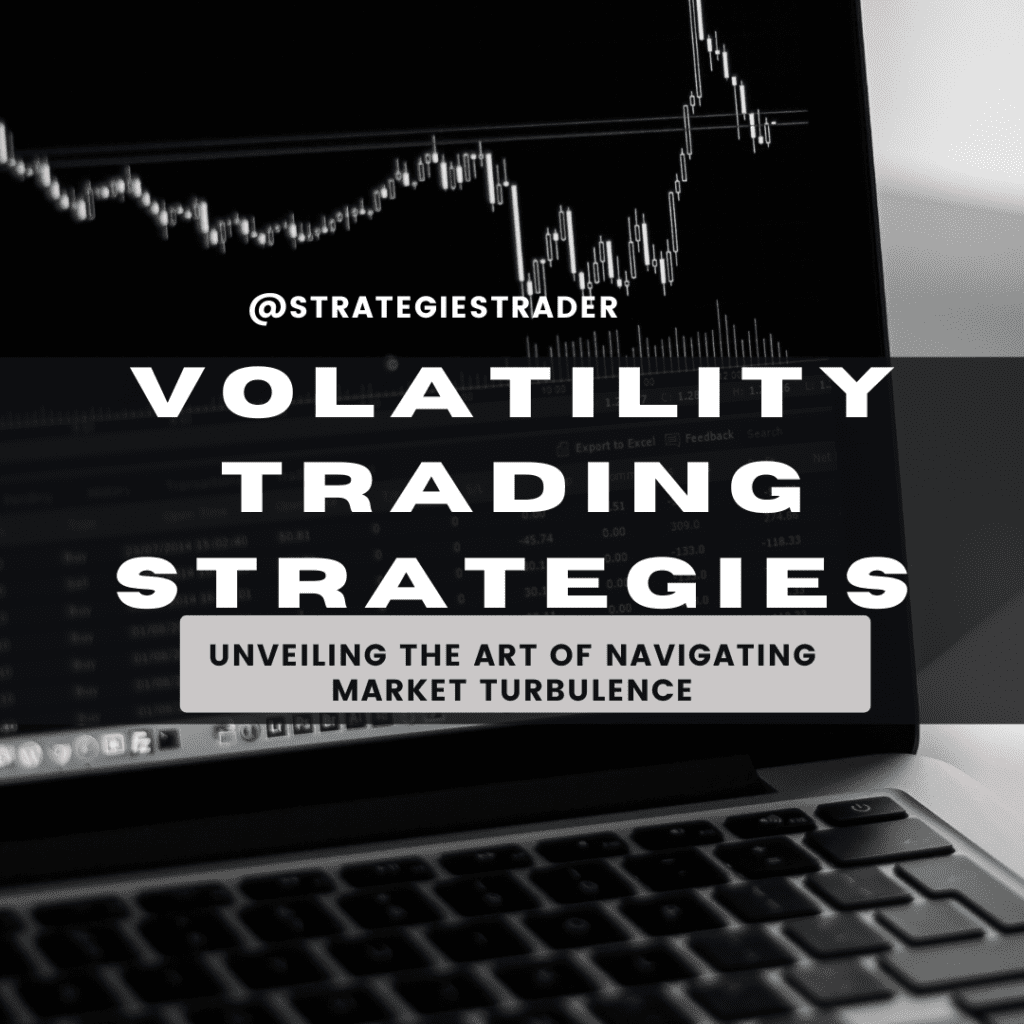In today’s fast-paced financial landscape, mastering volatility trading strategies is akin to taming a wild beast. Volatility, often regarded as the heart of financial markets, can be both a trader’s best friend and their worst enemy. In this comprehensive guide, we will delve into the world of volatility trading strategies, demystifying its intricacies and providing insights into how traders can harness its power to their advantage.
1. Understanding Volatility: A Primer
Before we dive into the strategies, let’s lay the groundwork by understanding what volatility is. Volatility refers to the degree of variation in the price of an asset over time. A higher level of volatility indicates larger price swings, while lower volatility suggests more stable prices.
2. The Importance of Volatility in Trading
Volatility is a double-edged sword. It creates opportunities for traders but also exposes them to risks. Understanding its significance is crucial for success in the financial markets.
3. Types of Volatility
Historical Volatility (HV)
Historical volatility measures past price movements to gauge how an asset has behaved in the past.
Implied Volatility (IV)
Implied volatility reflects market expectations about future price movements. It is a key component in options pricing.
4. Volatility Trading Strategies Explained
Volatility Arbitrage
This strategy involves exploiting price discrepancies between an asset’s expected and actual volatility.
Straddle and Strangle Options
These options strategies involve taking positions in both call and put options to profit from significant price movements.
VIX Futures and ETFs
Trading the CBOE Volatility Index (VIX) through futures and exchange-traded funds (ETFs) allows traders to bet on market volatility.
Iron Condor Strategy
This strategy involves selling out-of-the-money call and put options to benefit from a range-bound market.
Mean Reversion Strategy
Mean reversion seeks to profit from assets returning to their average price over time.
Breakout Trading
Traders employing this strategy aim to capitalize on significant price movements, either upward or downward.
Delta Hedging
Delta hedging involves offsetting the risk of option positions by trading the underlying asset.
5. Risk Management in Volatility Trading
Effective risk management is paramount when trading volatile markets. Diversification, stop-loss orders, and position sizing are key components of managing risk.
6. Tools and Resources for Volatility Trading
Utilizing advanced trading platforms, volatility indicators, and options analytics can enhance your trading capabilities.
7. Case Studies: Successful Volatility Trading Examples
Examining real-world examples of successful volatility trading can provide valuable insights into strategy implementation.
8. Common Mistakes to Avoid
Learn from the mistakes of others by avoiding common pitfalls in volatility trading.
9. The Psychological Aspect of Volatility Trading
Understanding and managing the psychological aspects of trading can be as critical as having a solid strategy.
10. The Future of Volatility Trading
Explore emerging trends and technologies shaping the future of volatility trading.
11. Regulatory Considerations
Stay informed about the regulatory framework governing volatility trading in your jurisdiction.
12. Conclusion
In conclusion, volatility trading is not for the faint of heart, but with the right knowledge and strategies, it can be a rewarding endeavor. Remember that successful trading is a continuous learning process, and adaptability is key in navigating the ever-changing world of finance.
In this article, we’ve unraveled the complexities of volatility trading strategies, providing you with a comprehensive roadmap to navigate the turbulent waters of the financial markets. Armed with this knowledge, you can embark on your journey towards mastering the art of volatility trading. Remember to stay informed, practice diligent risk management, and adapt your strategies as needed to thrive in the dynamic world of trading.
